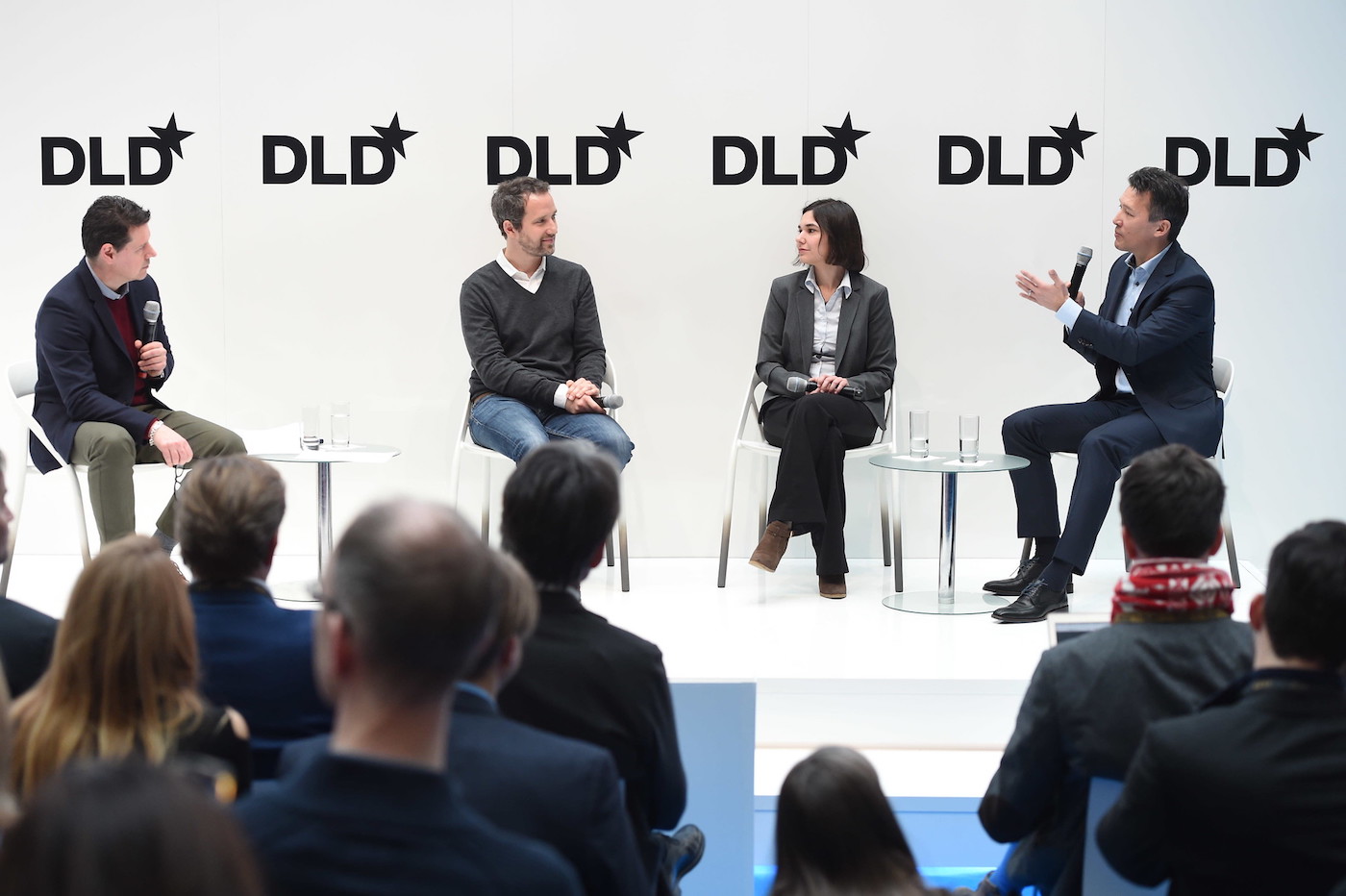From autonomous flying to hyperloops – how will the future of mobility look like? Discussing innovative transport concepts, the sharing economy as well as new possibilities and responsibilities regarding data-driven mobility services, Wired’s Greg Williams hosted a panel with Dirk Hoke (Airbus Defence and Space), Florian Reuter (Volocopter) and Mariana Avezum (WARR Hyperloop & WeMuv).
Kicking off this segment, Helmut Schönenberger, founder and CEO of UnternehmerTUM, the center for Innovation and Business Creation at TU Munich, gave a brief introduction into Munich’s startup ecosystem and its mobility sector. One very successful local startup in this field is Flixbus, which has gained 40 million customers and has become Europe’s largest intercity bus system within only five years. In Munich, over 130.000 employees work within the mobility sector.
Panelist and researcher Mariana Avezum from São Paulo is also based in Munich. She is the founder of the WARR Hyperloop team at TU Munich who won the SpaceX Hyperloop Pod Competition. The interdisciplinary team designed a functional prototype for the innovative highspeed passenger transport system. The hyperloop concept was introduced by Elon Musk (Tesla/SpaceX) in 2012. Despite being a strong believer in the model, Mariana currently researches how different mobility services can work together to provide tailored options for different demands. In the future, it should for instance be an easy task to find out how to travel from A to B with the smallest possible ecological footprint.
Florian Reuter, Managing Director of Volocopter, agrees that there will always be a demand for a variety of services in the mobility sector. When it comes to user experience, connectivity and the possibility to access personal digital data as part of the entertainment concept will be key. Building the Volocopter as the world’s first manned, electric vtol aircraft for flying in the cities, they designed it as innovative as possible while trying to make it look as conventional as possible to avoid constraints from regulators.
At Airbus Defence and Space, Dirk Hoke works at yet another option for inner-city travel: the company builds fully electric, flying passenger taxis that are supposed to roll out at the end of the year. People will always fear change and underestimate its pace, Dirk states. When the first cars were introduced, William II. said: “This is only a temporary phenomenon, I believe in horses.” When the first locomotives came into service, people built fences to protect themselves. They believed they could suffer brain damage sensing the high speed of the locomotive (which was about 25 km/h). New modes of urban mobility will arrive much faster than we think. We should embrace change and shape the technologies for our future cities so that they will serve our needs.
